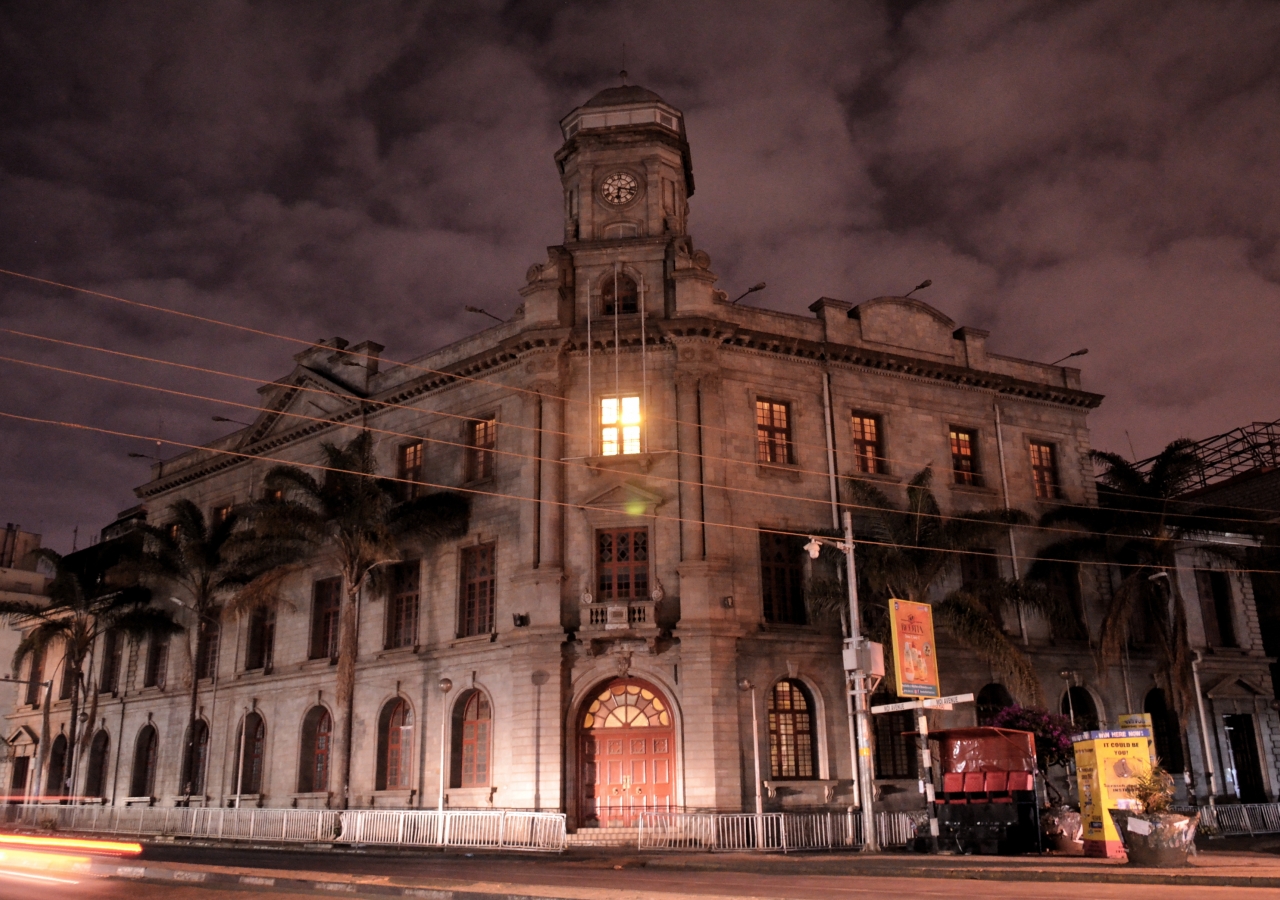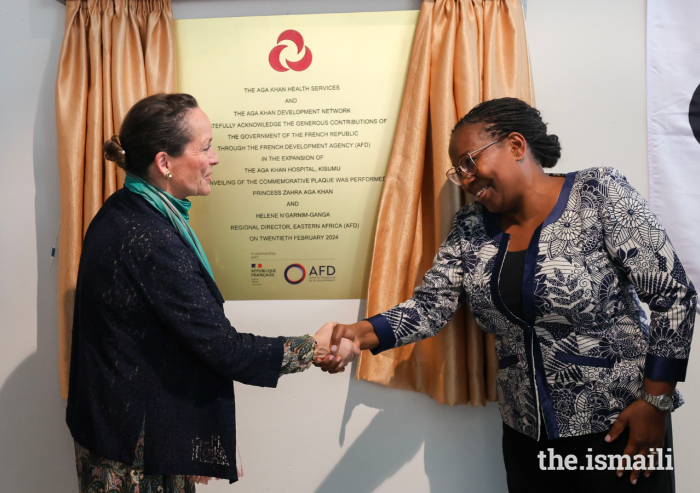Curated by Little Art Gallery, the exhibition, titled “Ismailis in Kenya - a Photographic Journey” offered the community a welcome opportunity to mingle and share special memories tied to the Jamatkhana.
Popularly known as “Khoja Mosque” by the locals, Town Jamatkhana, formerly referred to as “Darkhana Jamatkhana” is a three-story stone building that was built through funding raised by the Ismaili community. Now gazetted as one of Kenya’s heritage monuments, it was a remarkable engineering feat for its time as its construction was completed in two years. It symbolised the permanent settlement of the Ismaili community in colonial Kenya. Many visitors to the exhibition recalled how they would walk from the now heavily populated Ngara and Eastleigh areas, some even barefoot, to jostle for a place to sit inside the magnificent mosque. For the community, the Jamatkhana also has a special place in their hearts as it was here in 1944, when Mawlana Hazar Imam publicly recited the namaz during Eid ul-Fitr, at the tender age of 8 years.
For Kenyans, the mosque is generally credited with stimulating business growth around it. Due to the Vagrancy Act of 1968 which was in place at that time, Bazaar Street was allocated to South Asians for setting up their trade. These communities, including several Ismaili traders set up shops, with some constructing business premises and it was no surprise that it soon became popularly known as “Indian Bazaar”. Many of these buildings still bear the original name plaques of these early builders and tradesmen. Bazaar Street was later named Biashara Street (‘Biashara’ is Kiswahili for “commerce” or “trade”), as it is still known to this day.
The older generations that attended the exhibition reminisced about how Town Jamatkhana brought the Kenyan Ismaili community together, not only in prayer, but also socially. Whether through meetings after prayers in the now newly restored rotunda area, or walking across the street and enjoying a plate of the ever popular “Ismailia Hotel” bhajias, the community had a focal point for convivial interaction. These elders further recalled of a time in the past, when the building was a major feature of the then sparse Nairobi skyline. During special occasions, the Jamatkhana would become an illuminating feature in the city, lit top to bottom; from its distinctive clock tower to the grand, main entrance door to celebrate not only our religious and cultural festive occasions, but also important national days of the country.
This magnificent edifice has also housed the offices of the National Council for Kenya, the Nairobi Council, a well-stocked library and the councils’ archives. This is a building that is truly enveloped in history, having seen generations of Ismaili leadership pass through its portals.
The beautiful heritage site has withstood the changing dynamics of Nairobi city, firmly establishing itself as a landmark. Whatever transpires outside the walls of the Jamatkhana, whether it is the matatus blaring their horns and playing ear-splitting music or the din from the bustling hordes, once inside these walls, sanctity and serenity always pervades, offering a quiet sense of tranquillity. This atmosphere is still prevalent, transcending one into a time of the past, allowing one to forget the hustle and bustle of the life that Nairobi city has to offer. The fragrant smell of loban infusing into the air on the first-floor prayer hall, shrouds with its pleasant incense and transposes one into a place of peace conducive for contemplation and prayer.
This exhibition prompted the young and the elderly of the Jamat to take a walk through history and to share and laugh over memories that the exhibits invoked. Parents brought their young children to create an awareness of the history of the community in Kenya and the Jamatkhana in particular.
The exhibition was housed in a vast, high ceilinged room, filled with natural light, showcasing photographs and memorabilia dating back from the early 1900’s up to the 21st Century. Attendees were escorted on guided tours by volunteers, who provided insight and a glimpse into a time that was. The exhibition featured photographs that showcased the mosque, surrounding areas, and buildings from the time of the colonial occupation of Kenya, all the way to the present. Included were a few renderings in charcoal and paint as well as images of some of the buildings of the Aga Khan Development Network (AKDN) agencies in Kenya. Memorabilia included the first published Ismaili Africa magazine as well as treasured family artifacts such as medals and coins, either loaned or donated for the exhibition.
Nawaaz Gulam, President of the Ismaili Council for Kenya, said about the exhibition “We need to start opening up spaces, not only for the community but also the Kenyan public, to come here and exhibit elements of history, arts of importance of a certain standard… it is time to find that purpose that would see people coalesce”.
In 2022, the community will celebrate the centenary of the Jamatkhana, truly reinforcing it as a permanent feature of the country, as well as continuing to provide an important historical reference for the Kenyan Ismaili Jamat that has not only seen generations walk through this grandiose building but will also see many more future generations gracing its halls.








